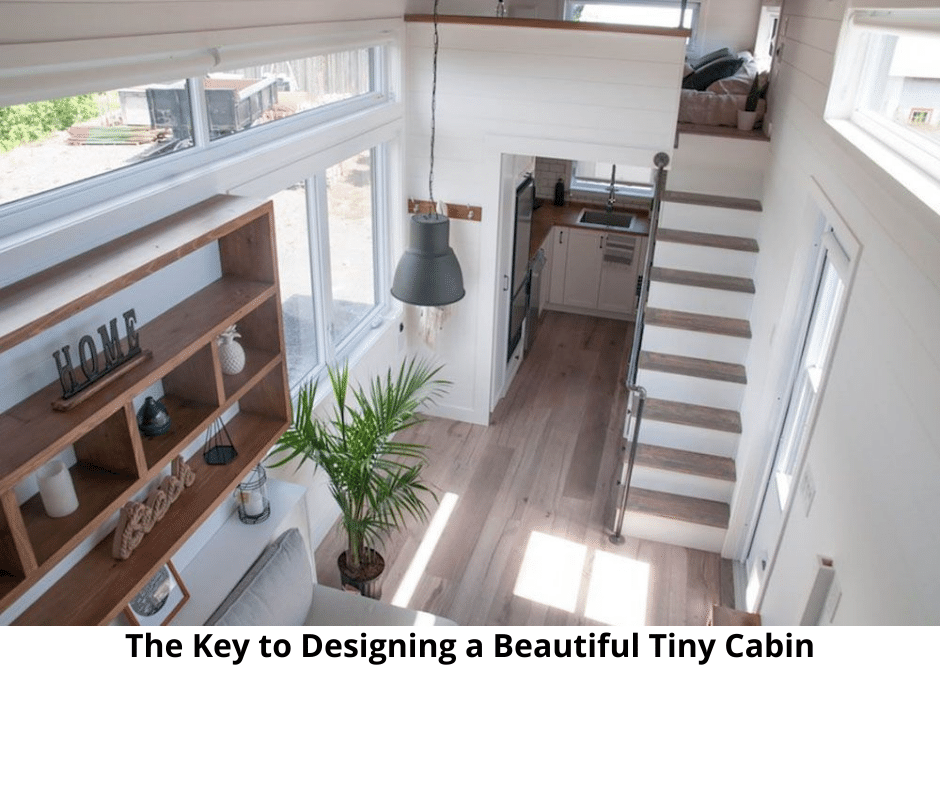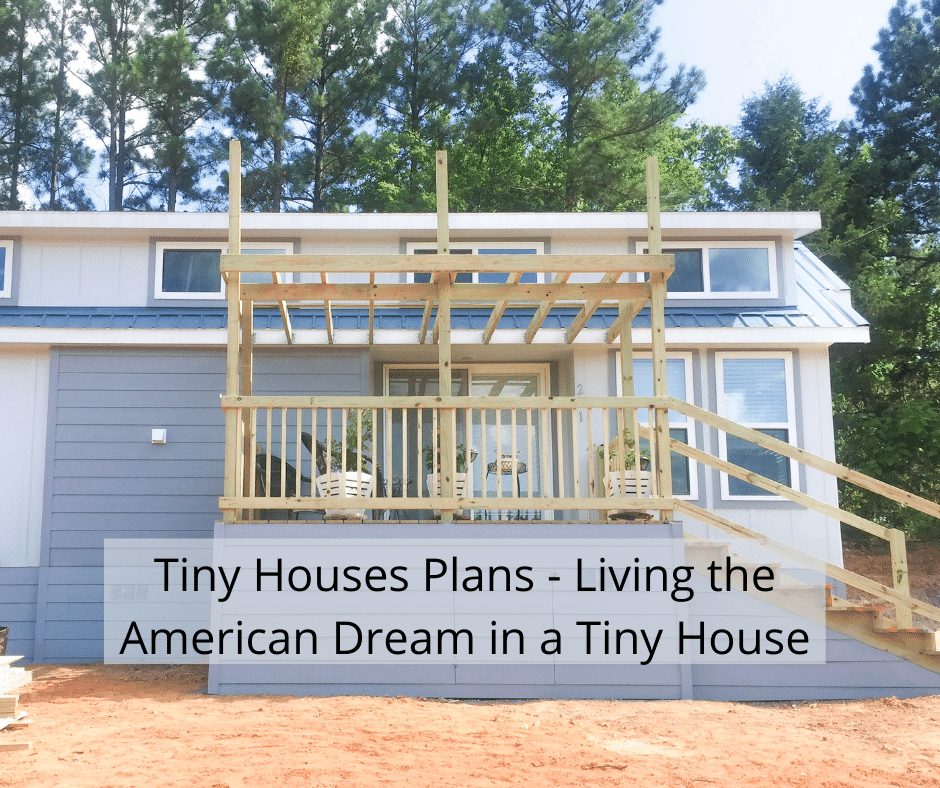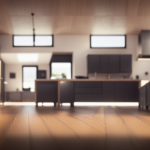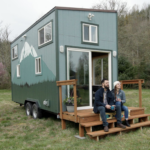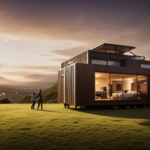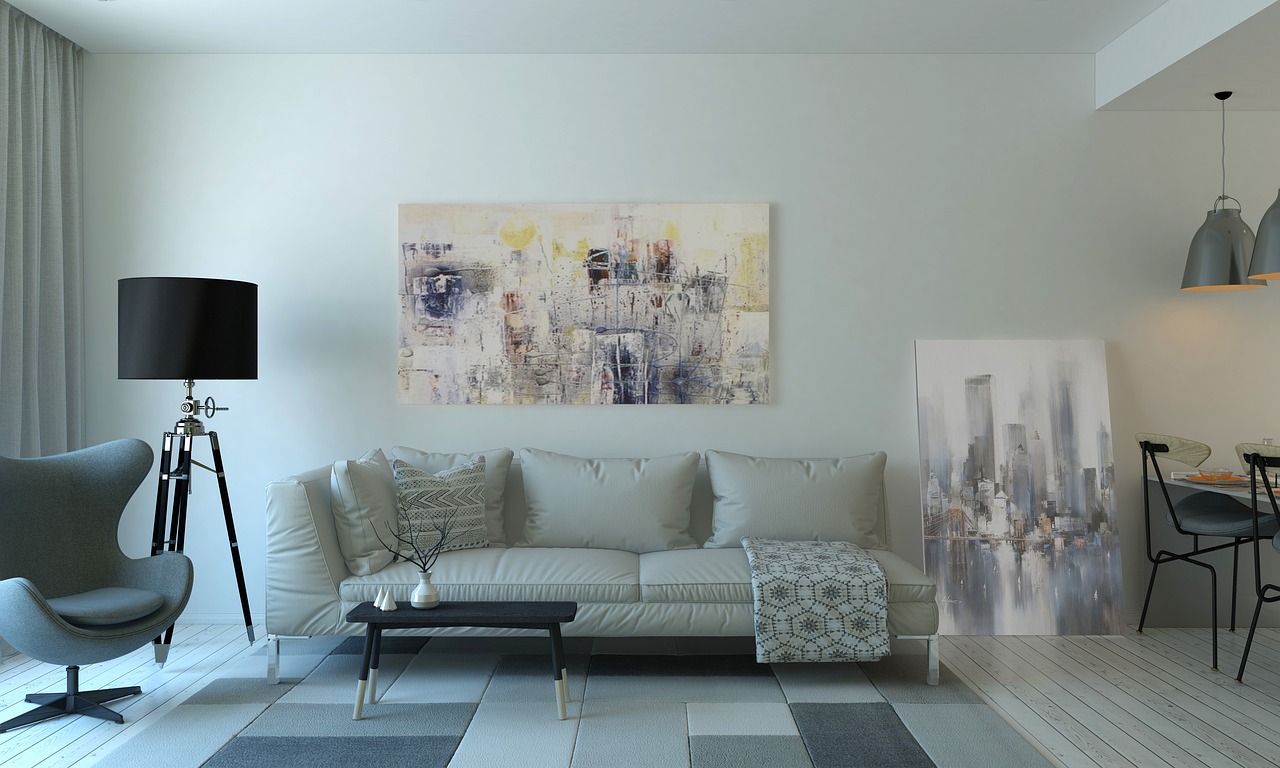Experience the perfect blend of luxury and spaciousness in a compact home. This living concept is perfect for those seeking both comfort and ample room to move around. Tiny homes come in a variety of sizes, from cozy to surprisingly roomy. For advice on creating the ultimate tiny home, be sure to read this article. Whether you’re looking for luxurious or environmentally friendly tiny homes, you’ll find exactly what you need here. Below, we’ve listed some of our top picks for you.
Designing a tiny home
You can start designing a tiny home by sketching a rough floor plan. You can use a tool like sidewalk chalk to draw out the layout of your house. Consider what rooms will be the most used, and then make your floor plan. Once you have a rough floor plan, you can have construction-quality blueprints drawn up for your tiny home. Make sure that your design works for you. You don’t want to be stuck with a home that is not functional or beautiful.
The best way to maximize space is to use recycled materials. Recycled windows are a great way to build a tiny home. You can also create a home office and laundry room out of old windows. These ideas aren’t just for storage, though. If you’re building a tiny house with a very limited budget, you can also use recycled materials. This is a great way to save money and have the home of your dreams.
Thinking about your needs is the key to designing a beautiful tiny home. While the standard American house comes with a certain formula, the space size isn’t the only consideration. It is also essential to consider the construction and decor. This can make the home more appealing to potential buyers. Some people assume that decorating a tiny house is easy. However, many factors need to be considered, such as the size of the space, the number of people living in it, and the home’s design.
You should consider where to store your things when designing a tiny house. Consider adding shelving underneath the bed or tables or hiding storage in the floorboards. You can also use a sliding wall to create more space and make the house more versatile. Remember that storage space shouldn’t be a crutch for unneeded items. Just make sure to keep it below waist level. This will save space and make it easier to move around the home.
Designing a Luxury Tiny Home
In the spirit of travel, tiny luxury homes are designed to maximize space while maintaining a feeling of comfort. They offer high ceilings, a sunroom, and a deluge of natural light. They also feature built-in shelving and a loft. Those who don’t feel like living in a tiny house can buy an airstream trailer or other travel trailers and add more room for furniture and decor.
The interior of a tiny luxury home can be decorated with a rustic yet elegant style. The interior has neutral colors with modern fixtures. White paneling is used for the walls to highlight and maximize space. A glass-and-steel French door leads to an outdoor terrace porch with a view of breathtaking scenery. Small, modern, spacious, luxury tiny homes provide a high standard of living in an environmentally conscious way.
Innovative home technology can make tiny luxury homes even more high-end. Tiny Heirloom’s Breezeway model features an in-house Bose audio system, an in-home television with a linear actuator, and touch-activated storage door openers. There’s even a secondary TV in the master loft. Moreover, all of this can be seen in the kitchen or bedroom. And to complete the luxury theme, New Frontier Tiny Homes’ Alpha model features a fold-down patio and a comprehensive kitchen.
Creating a tiny luxury home doesn’t have to be complicated. A designer can create an elegant space that perfectly fits your lifestyle. By choosing carefully-crafted and luxurious materials, a tiny luxury home can be a comfortable and luxurious living space. There are also many ways to customize a tiny home, including adding a loft bed and a porch. A tiny luxury home is the best way to create a luxurious space without breaking the bank.
Luxurious Tiny Homes
The 7 Series by Luxury Tiny Homes is one of the most popular models for park models in the Lake Norman area of North Carolina. The Lux 7 is spacious enough to sleep seven people and offers extra storage space for extended stays. This model comes with a fireplace, pullout sofa, and galley kitchen. The Lux 7 also includes a full bathroom, queen-sized bed, and storage space. Located on Kimo estates, these luxurious tiny homes are ideal for rent or sale.
This beautiful home costs USD 139,900 and have a fully-equipped kitchen, bathroom, and office. There’s a Jacuzzi bathtub, dining table with seating for eight, and large glass sliding doors. The house is built on a double-axel trailer with a wooden floor and a Jacuzzi bathtub. It’s also outfitted with smartphone controls, a 50-inch T-TV, and an amazon echo. The single bedroom is on the ground floor. The bathroom has a composting toilet, and the tiny home is finished with a metal roof.
The Tiny Heirloom company offers a series of tiny luxury homes with excellent features. Whether you’re looking for a stylish space for a family or a unique corporate setting, the Heirloom model has the perfect solution. The Cayman model boasts an excellent finish and more amenities than you’d expect. It will even feature an automated house-control system that can be controlled from an iOS or Android smartphone.
Another modern luxury tiny home designed for travel is the Denali, which offers a king-sized bed and a full kitchen. The bathroom has a shower with a glass door and brass accents. The interior features a pull-out desk, a kitchen, and a bathroom. It can accommodate up to six people. The Denali offers an open space with three bedrooms. The bathroom has a full balcony with clear views of the surrounding nature.
Nature-Inspired Tiny Homes
Inspired by the beautiful natural environment, Kevin and Trish designed these tiny homes full of eco-friendly elements. Their homes feature natural wood, Shaker-style cabinetry, and lots of natural light, and the home can comfortably accommodate two people. They hope to use their tiny homes to educate people about eco-conscious architecture. These homes are available to purchase online or in person and are currently open for tours. To learn more, visit their website.
Kevin Dawson and his wife Trish Dawson built two nature-inspired tiny homes on the wild west coast of New Zealand. Their homes are designed to draw inspiration from their surroundings and focus on spectacular views. These houses are also easy to maintain and require less energy than traditional houses. But they do have to make some compromises, like less space. Nature-inspired tiny homes are a great alternative to conventional homes. They help people get closer to nature and feel more grounded.
A beautiful example of nature-inspired tiny homes is a treehouse hermitage, which has room for one. This structure is designed to mimic a tree’s natural growth and is built out of reclaimed materials. Although it may not look like it belongs in a forest, the home is very comfortable. The main room has a bathtub and a gaming setup. The treehouse can be rented to people who want to experience the natural beauty of nature without compromising their comfort and needs.
The interior of a yurt is a charming example of sustainable design. A yurt home’s bedroom is designed with a skylight that gives you the exact head clearance as a loft. The interior mimics a backwood style, and the tree-like structure includes an antler chandelier. And unlike most modern tiny homes, the yurt’s walls and ceilings adorn abundant live plants. The central skylight lets in natural light into the room.
Designing a Tiny Cabin
The key to designing a beautiful tiny cabin is to make the space feel spacious. This can be done by maximizing natural light and incorporating views of the outdoors. In the living room, you can use cozy nooks to create a comfortable atmosphere. Creative storage options can also be used to keep things organized. A wood-burning stove is a great way to add warmth and charm to your cabin. Once you’ve made the space functional, you can start planning the interior design.
If you’re building a tiny cabin to live in, don’t just copy other people’s designs. There are several different ways to design a beautiful house. You can get inspiration from old buildings. For example, barns are known for their large spaces. You can use this idea in your tiny cabin by using modern elements such as big windows, sleek wood, and green accents. You can even add a green roof to your tiny cabin to make it more environmentally friendly.
Another great option for a beautiful cabin is a row of houses. Rows of cottages make it easy to get your family together without compromising privacy. If you have more than one child, you can have one cabin for each child. You can even design a row-shaped place that offers a private space for each member. You can choose complementary colors for each room and accent it with a bold barn door.
The design of a small cabin can be a dream come true. For instance, a cabin with a horizontal log design and a beautiful chimney top can be a natural retreat. You can even incorporate some amazing woodwork around the windows and doors. A small island and covered porch add to the rustic feel of the small home. You can add a balcony or a roof-top deck to your tiny house.
I’m Theodore, and I love tiny houses. In fact, I’m the author of Tiny House 43, a book about tiny houses that are also tree houses. I think they’re magical places where imaginations can run wild and adventures are just waiting to happen.
While tree houses are often associated with childhood, they can be the perfect adult retreat. They offer a cozy space to relax and unwind, surrounded by nature. And since they’re typically built on stilts or raised platforms, they offer stunning views that traditional homes simply can’t match.
If you’re looking for a unique and romantic getaway, a tree house tiny house might just be the perfect option.
